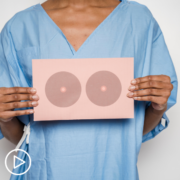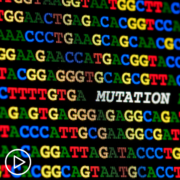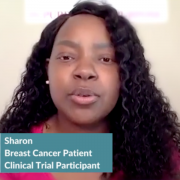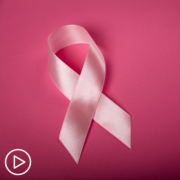An Overview of Breast Cancer Subtypes: Tips for Being Proactive
An Overview of Breast Cancer Subtypes: Tips for Being Proactive from Patient Empowerment Network on Vimeo.
Breast cancer has various subtypes, but what do patients need to know about them? Expert Dr. Demetria Smith-Graziani shares an overview of breast cancer subtypes, what is examined in each type, treatments for some subtypes, and advice for patients to be proactive.
Demetria Smith-Graziani, MD, MPH is an Assistant Professor in the Department of Hematology and Medical Oncology at Emory University School of Medicine. Learn more about Dr. Smith-Graziani.
[ACT]IVATION TIP
“.. ask, what subtype of breast cancer do I have, and what kinds of treatment would I expect with the subtype of breast cancer?”
Download Guide | Descargar Guía en Español
See More from [ACT]IVATED Breast Cancer
Related Resources:
|
|
|

Noted Racial, Ethnic, and Socioeconomic Disparities In Breast Cancer Outcomes |
Transcript:
Lisa Hatfield:
What are the various subtypes of breast cancer?
Dr. Demetria Smith-Graziani:
So we tend to think of breast cancer as being either hormone receptor-positive and HER2-negative, or hormone receptor-positive and HER2-positive or hormone receptor-negative and HER2-positive, or what we call triple-negative. Now, that’s really confusing. So let me take a step back. When we are looking at the cancer cells under the microscope, we look at specific proteins in these cells, and based on what proteins we see, we designate it as positive or negative for the estrogen receptor, the progesterone receptor, or a protein called HER2. When a cancer expresses the estrogen or progesterone receptor, that means that it feeds off of those hormones that your body makes, and that’s why we refer to it as hormone receptor-positive.
When your breast cancer over expresses a particular protein called HER2 that allows us to target your cancer with certain treatments that target HER2-positive cells. When a breast cancer is triple-negative, that means that it is negative for all three of those proteins, it does not have the estrogen receptor, the progesterone receptor, or the HER2 protein.
And it’s important that we know what subtype of breast cancer you have, because it affects the type of treatment that you can get. So my activation tip is that patients should ask, “What subtype of breast cancer do I have, and what kinds of treatment would I expect with the subtype of breast cancer?”












